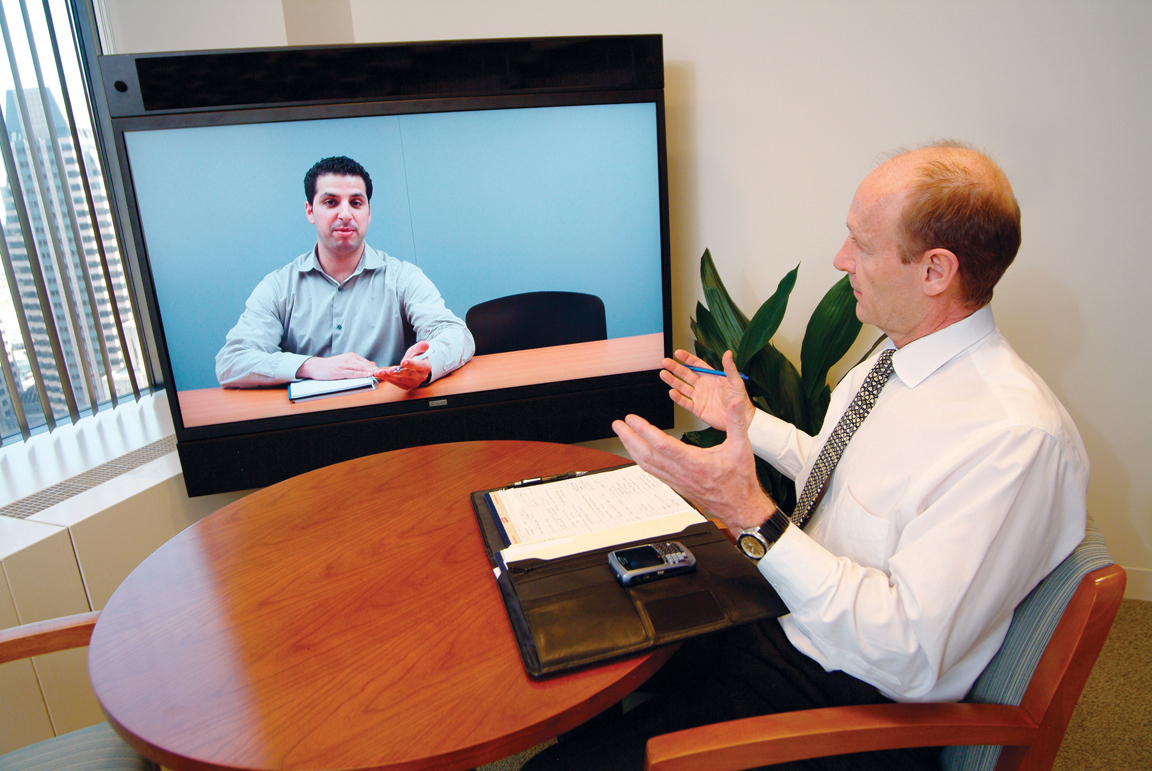Video Conferencing
Online classes can be taught using either a synchronous (at the same time in a virtual environment) or an asynchronous (on an individual’s schedule) approach. Synchronous teaching requires that all students have access to internet and a device that can connect with the videoconferencing program. OSU faculty have several conferencing tools to choose from. The university has site licenses for Zoom, Skype for Business, and Microsoft Teams. Unless you can confirm that all of your students can participate in a synchronous class, it is strongly recommended that you plan for asynchronous instruction. However, there are other ways you can use videoconferencing tools to engage your students.
Canvas has two videoconferencing tools, Zoom and Teams, which allow you to easily communicate with many students at once. They are both similar to other web conferencing solutions, such as WebEx or GoToMeeting with one important difference: on Canvas you and your students can participate without needing to create separate accounts, logins, and passwords. Everything is built right in to Canvas which makes it easy to get up and going in no time. While these Video Conferencing tools are not designed to replace traditional instruction in a classroom, they both work really well for communicating with, and even teaching, a large group of students.
Zoom and Teams can be used for situations such as:
- Virtual office hours. Instructors can set up a Zoom session for students to join and ask questions, share ideas, and get help from the instructor and other students.
- Screen sharing. The person acting as the Presenter can share his or her screen and show any open programs on their computer. This enables real-time engagement with programs such as PowerPoint, Excel, Stata, Photoshop, or any other software.
- Student presentations. The instructor can let students take on the role of Presenter which lets them share a PowerPoint or show their desktop. While presenting, other students can ask questions using audio or by typing questions in the chat window.
- Student interaction. Students can talk with the class or ask questions using their webcams and computer microphones, and Zoom also has a text-based chat which makes this type of interaction much easier for larger classes.
- Virtual Whiteboard. Zoom has a Whiteboard feature which essentially re-creates the whiteboard experience used in many face-to-face classrooms. Whiteboards can be shared, which allows the entire class to collaborate at the same time in the same virtual space.
- Recording. Zoom and Teams conferences can be recorded so any students who are not able to be present for a real-time instruction session can view the video feed. Teams recordings are saved to the presenter’s OneDrive account, while Zoom recordings can be temporarily saved in the cloud until a copy can be downloaded and added to Canvas Studio.
- Instructor control. During a Zoom session the instructor can mute/unmute individual students as well as the entire class.
- Multi device support. Zoom and Teams can be used on laptops, desktops, and mobile devices.
To use Zoom you currently must work through the Zoom the browser or app. Visit the Getting Started guide for new users;
https://support.zoom.us/hc/en-us/articles/360034967471
You may log on with your O-Key credentials using the web client or the Zoom desktop client.
- To use the Web Client, go to https://okstate-edu.zoom.us/.NOTE: The Desktop Client is available at bottom of the Web Client page.
- To download the Desktop Client, visit the Download Center
NOTE: When accessing Zoom from outside of the University, DUO Authentication may be required.
To use the Teams tool, click on Pages on your navigation bar and click the +New Page button. Give the Page a title, such as "Online Office Hours" as well as a time and date. Then click the text entry box below the title and select the "More External Tools" button and select "Microsoft Teams Meeting." Sign in with your O-Key and then enter the parameters of your meeting, such as a title and time. Once your meeting is set up a link will be generated which will show up in the text entry box on the Page in Canvas. You and your students can click on this link to start the meeting.
Tutorial Videos and Guides (For additional Canvas tutorial videos visit our Canvas page.)

